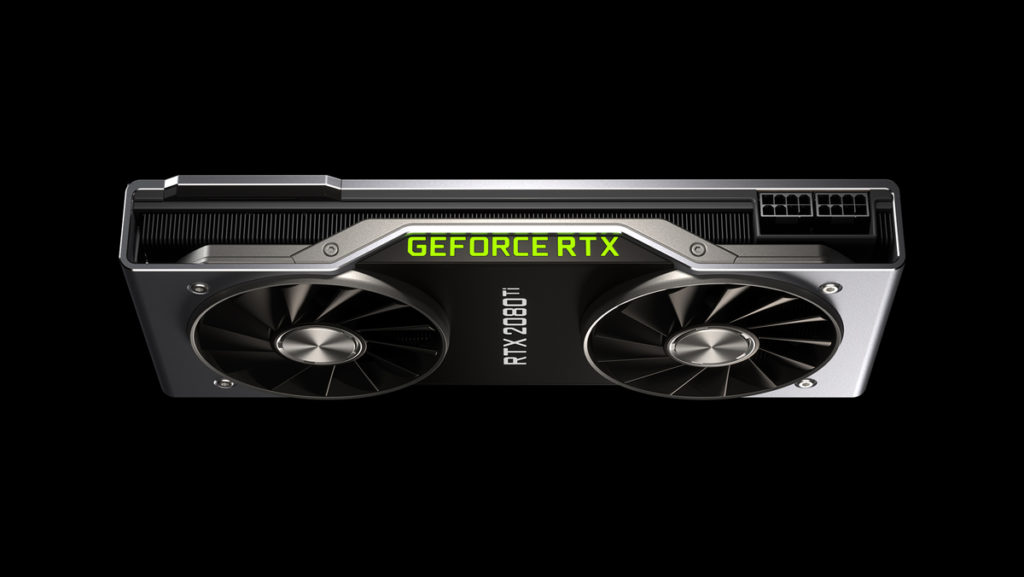
With the likelihood of NVIDIA officially announcing its next-generation graphics architecture next week, the Ampere rumor mill is spinning fast and furious. Some of the latest gossip comes from Moore’s Law Is Dead, who has dropped some pretty bold claims onto avid listeners.
For starters, the Ampere-based RTX 3000 series will allegedly offer a “solid” 10 to 20 percent IPC increase over Turing and feature double the amount of L2 cache and Tensor Cores per SM (streaming multi-processor), as well as substantially higher core clocks (frequencies of over 1,900 MHz will be standard, apparently).
Ray-tracing performance is also said to be four times better per tier, which suggests that a GeForce RTX 3060 might perform similarly, or even better, than an RTX 2080 Ti, with the next TITAN being capable of 8K gaming, potentially, even with ray-tracing effects enabled. And despite all of this improved performance, power consumption is supposedly lower per tier, too.
Moore’s Law also claims to know a bit about Ampere’s launch. Apparently, the HPC products will be unveiled in May (during NVIDIA CEO Jensen Huang’s pre-recorded keynote, presumably), while the gaming SKUs will be shared much later, in September (yes, the Ampere architecture could serve two broad categories). NVIDIA is also reportedly getting rid of the GTX brand entirely – everything will be branded RTX, which suggests that even the lowest-tier products will get the privilege of ray tracing.
Last but not least is a much-overdue control panel overhaul. Moore’s Law believes that NVIDIA is working on a new version that merges GeForce Experience and GeForce NOW. No more log-in will be required, and it’ll also come with some new toys to play with, such as DLSS 3.0.
